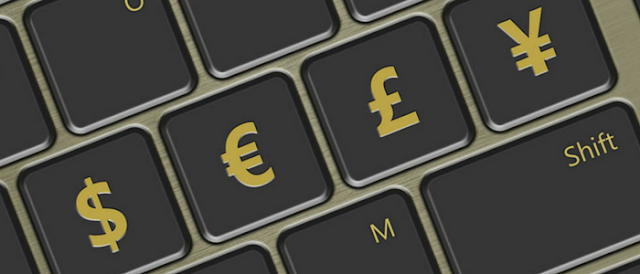 |
SINGAPORE- Asian monetary forms climbed yesterday, drove by the seaward yuan which bounced to its most grounded level in almost two months as a spike in subsidizing costs set off a free for all of short covering in the Chinese cash.
The seaward yuan moved as much as 1.2 for every penny to 6.7850 for each US dollar, its most grounded level since Nov 9, preceding surrendering a few increases to exchange at 6.8338 late in Asia, still up 0.5 for each penny on the day. The coastal yuan was exchanging 0.6 for each penny higher at 6.8920 subsequent to hitting a one-month high at 6.8720.
Advertise members said the surge in the yuan impelled some downsizing of long US dollar positions and short-covering in Asian monetary forms.
"The move set off some benefit taking in the US dollar by debilitating the surges story from China," said Mr Philip Wee, senior cash financial specialist for DBS Bank.
US dollar positions were likewise exchanged in front of the US December occupations information due tomorrow, brokers said. In late Asian exchange, the Singapore dollar was up 0.4 for each penny at S$1.4345 against the greenback, while the Malaysian ringgit rose 0.3 for every penny to 4.4858 against the US coin.
Acquiring costs surged as China attempted to stem capital streams and balance out the yuan in front of Mr Donald Trump's initiation as US president on Jan 20 and the Chinese New Year on Jan 28. It was not clear if Chinese powers had built the spike in yuan loan fees in Hong Kong yesterday however they had utilized such a strategy a few circumstances a year ago to bolster seaward yuan trade levels and by augmentation mitigating a portion of the weight on the yuan coastal.
The cost of getting yuan, as measured by the CNH Hong Kong Interbank Offered Rate benchmark, surged to 38.3350 for each penny for overnight gets, the most noteworthy since January 2016, from 16.9477 for every penny on Wednesday.
With indications of fleeting liquidity stretch, the inferred overnight store rate for the seaward yuan remained at 90.393 for each penny, in the wake of taking off as high as 101.694 for every penny. The rate shut down at 10.5870 for every penny a day prior.
Notwithstanding yesterday's picks up, the ringgit, one of Asia's most exceedingly bad performing coinage over the previous year, has additionally space to fall this year, as per BMI Research, which said the Malaysian money will be influenced by its presentation to China.
"The Chinese economy stays buried in a medium-term log jam as the basic shortcomings, for example, overcapacity in the mechanical area and strength of wasteful state-claimed undertakings, hold on. Given that China is Malaysia's biggest fare accomplice, we trust that Malaysia's fare driven economy stays uncovered and is probably going to be adversely affected," BMI said in its exploration note.
BMI brought down its conjecture for the ringgit, anticipating that it should normal 4.50 for each US dollar this year and 4.40 in 2018, from 4.00 and 3.88 beforehand. The cash, which fell 4.3 for every penny against the greenback a year ago and 18.5 for every penny in 2015, has not posted a yearly pick up since 2012.
In the mean time, Mr Vishnu Varathan, Head of Economics and Strategy at Mizuho Bank, said: "We do expect dangers of a further ringgit slide throughout the following three to six months to 4.50-4.70 for each US dollar, accepting that the pattern of rising US security yields and thusly more grounded US dollar stays in place. In any case, in the not so distant future it is probably going to recuperate to levels around 4.20."
Malaysia's Deputy Finance Minister Othman Aziz talked up the ringgit yesterday, saying it will bounce back to 4.1 against the US dollar in the second from last quarter of the year, in accordance with the conjecture of a few financiers, in light of enhancing ware costs, for example, elastic and palm oil, and additionally consistent monetary essentials.
No comments:
Post a Comment